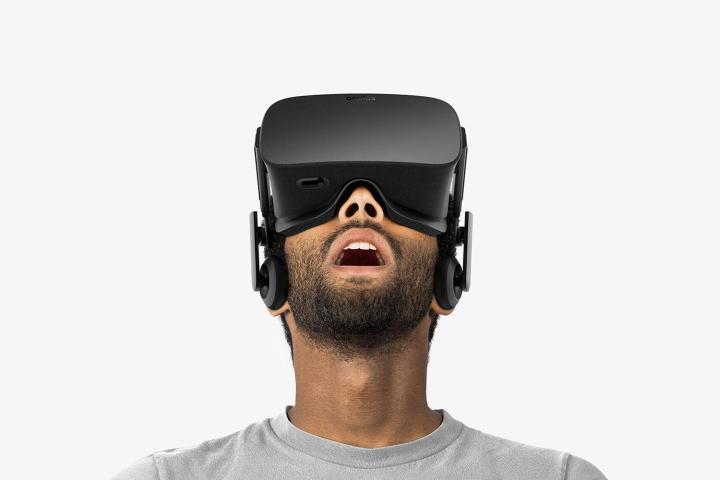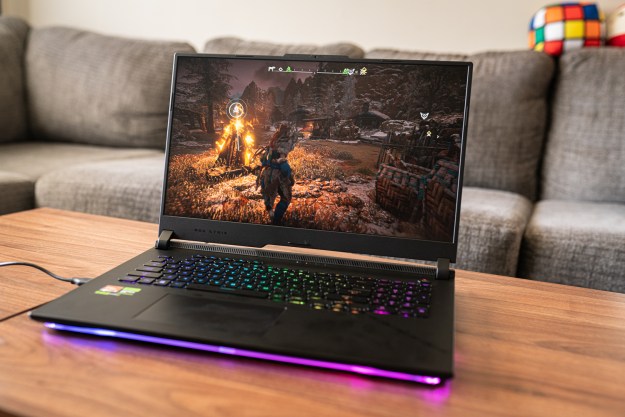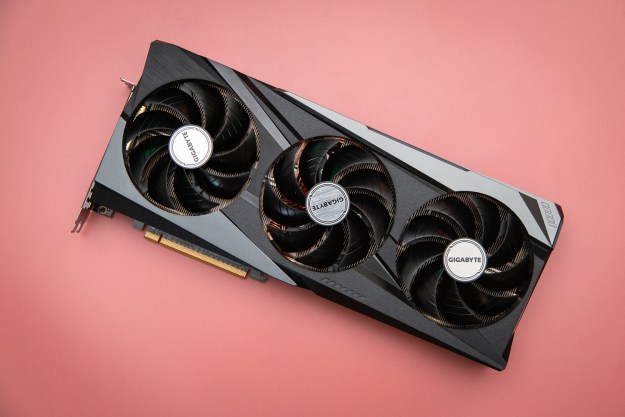
With computers and graphics cards purpose-built by AMD for VR applications already in development, the White Paper on Immersive VR instead focuses on the methods of thinking and planning that will lead to more sophisticated development. Rather than dealing exclusively in the resolution, headsets need to be thought about in terms of field of view degrees, as well as pixels per degree, or PPD. In addition to the center of our vision where we focus both eyes, modern VR needs to take the full range of our peripheral vision into account.
In addition to reconsidering how we view and measure displays, the resolution also has to be much higher than any that we have access to now. The AMD white paper explains that the human visual system is incredibly detailed and sophisticated, and accurately reproducing graphics at the quality required to fully harness that would require a 116 megapixel display, 29 times the resolution of current 4K monitors.
Latency has been an issue for VR use as well, and one with dire consequences. If a system and display aren’t responding quickly enough to head movement and controls, users will quickly become nauseous. Current display refresh rates are typically around 60, and as high as 144 for high-end gaming, but AMD says 200 is a better target.
And it’s not just about how you see the VR world, it’s about how you interact with it. For traditional gaming, a keyboard and mouse is great, but head and gesture tracking will largely take the forefront of near-future VR. In an ideal world, fully immersive VR would combine the newest input methods like haptic feedback and positional audio with unseen new input and response methods.
There are any number of hurdles between current computing capabilities and the world that AMD envisions, from graphical performance and display manufacturing, to the fact that AMD cites as-of-yet unidentified input methods as necessary for immersion. Still, it’s clear to see that the technology has a bright future ahead — and one that manufacturers are already preparing to support.
Editors' Recommendations
- This new VR headset beats the Vision Pro in one key way and is half the price
- AMD’s FSR 3 compromise just isn’t working
- AMD’s new Ryzen 8040 CPUs aren’t all that new
- Don’t believe the hype — the era of native resolution gaming isn’t over
- AMD isn’t just copying Nvidia’s homework with FSR 3





